The Amalthea plan, Cyprus’ humanitarian aid corridor to Gaza, returned to action late on Monday night, with the foreign ministry announcing on Tuesday morning the departure of 1,200 tonnes of humanitarian aid from the Limassol port bound for Gaza.
President Nikos Christodoulides also commented on the ship’s departure, saying that “Cyprus continues to support the civilian population and act as a humanitarian passage for the international community”.
The ministry, meanwhile, explained that the aid will be delivered to the port of Ashdod in southern Israel, and that it will not undergo “additional security checks” upon its arrival there, before being distributed to Gaza “on the basis of arrangements that have been made”.
It added that the aid primarily consists of “food items, particularly to cover the nutritional needs of children”, with 700 tonnes of that aid having originated from Cyprus.
The remaining 500 tonnes, it said, is made up of a donation from the Maltese government, as well as contributions made by international humanitarian organisations based in the United States, Italy, and Kuwait, and linked to the Sovereign Military Order of Malta.
In addition, it said the “contribution of the government of the United Arab Emirates to the entire effort is instrumental”, with the UAE frequently having been involved in the Amalthea project since its outset just shy of 18 months ago.
“The Republic of Cyprus expresses its gratitude to all states and agencies involved in this collective effort, which is being implemented in full respect of international humanitarian law and within the framework of entities operating under the United Nations,” it said.
Η Κυπριακή Δημοκρατία συνεχίζει την έμπρακτη δράση στο ανθρωπιστικό πεδίο. Πάντα σε στενή συνεργασία και συντονισμό με διεθνείς εταίρους και ανθρωπιστικούς οργανισμούς, και εντός του πλαισίου του ΟΗΕ.
— Constantinos Kombos (@ckombos) August 19, 2025
Σε αυτή τη βάση αναχώρησε χθες βράδυ από το Λιμάνι Λεμεσού ανθρωπιστική… pic.twitter.com/mKnUr5lih6
It added that its “consistent position” on the matter of Gaza is “the urgent need for an increased, safe, and unhindered flow of humanitarian aid, on a massive scale, to the civilian population”.
Additionally, it said, the island’s “facilities for the collection, secure inspection, and dispatch of aid remain ant the disposal of the international community as an additional humanitarian channel”.
“Within this framework, Cyprus will continue to contribute constructively as a country of the region and the closest European Union member state, by promoting and implementing humanitarian initiatives,” it said.
Later on Tuesday, UN office for project services (Unops) executive director Jorge Moreira da Silva described the shipment from Limassol as “a crucial step in alleviating suffering in Gaza”.
“We need [a] rapid, unhindered, and safe flow of humanitarian aid for all civilians in need,” he said.
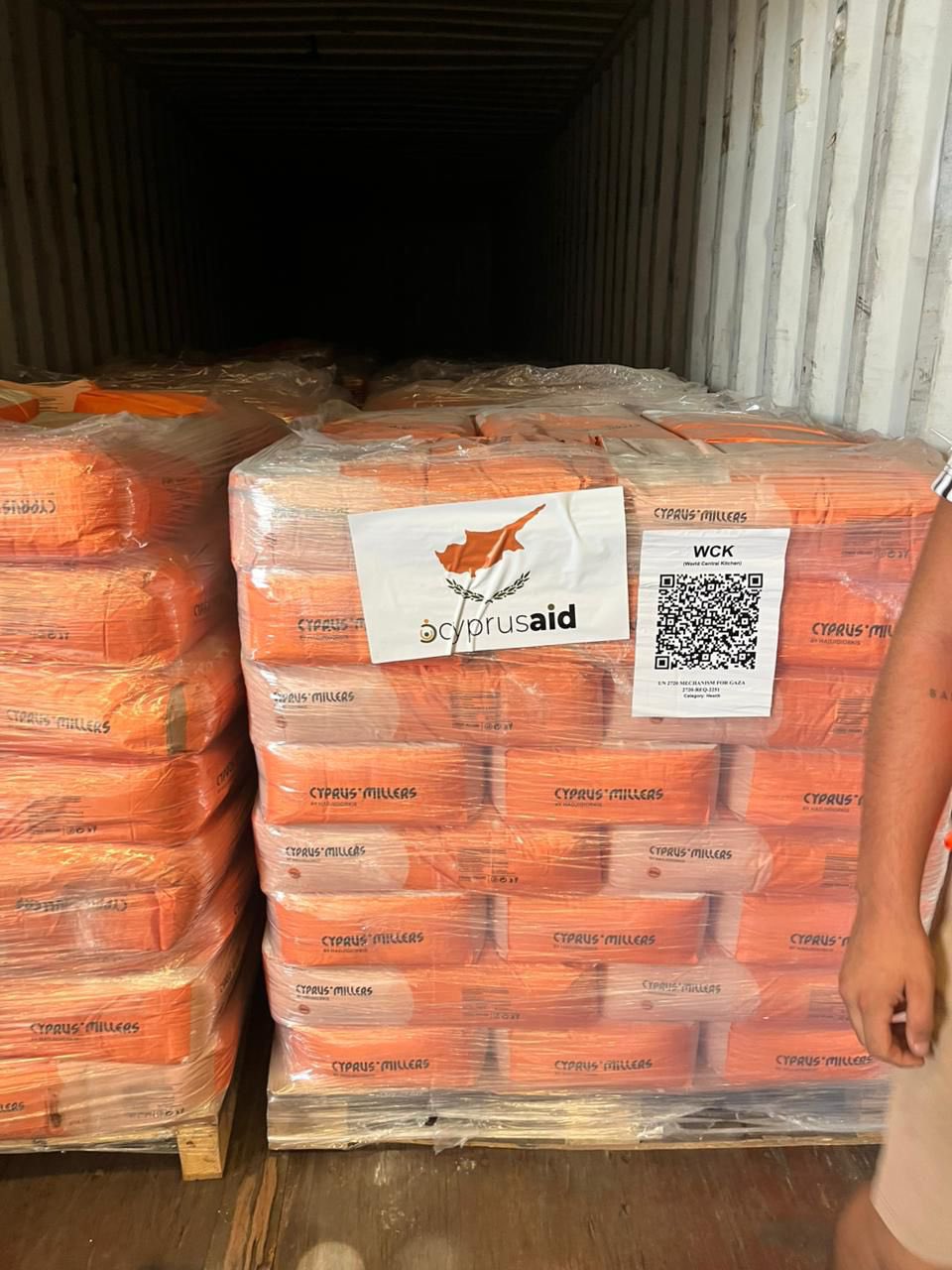
The move comes after Cyprus’ foreign ministry, and Minister Constantinos Kombos, had made indications earlier in the summer regarding their intention to resurrect a plan which had earlier appeared to have run its course.
Sigrid Kaag, for example, then UN senior humanitarian and reconstruction coordinator for Gaza, and now the UN’s special coordinator for the Middle East peace process, said last year that the Amalthea project could “never be a substitute” for aid deliveries made by land.
Nonetheless, the foreign ministry has been insistent, with Kombos having said at the end of last year that Amalthea was a success, and that aid had been transferred to Gaza from Cyprus “despite the huge storm of difficulties, doubt, sometimes ridicule, which came first and foremost internally”.
Ashdod has been the landing point of aid sent from Cyprus at various points since humanitarian aid began to be shipped from Cyprus in the direction of Gaza, with aid arriving at Ashdod typically travelling into northern Gaza by land via the Erez crossing point.
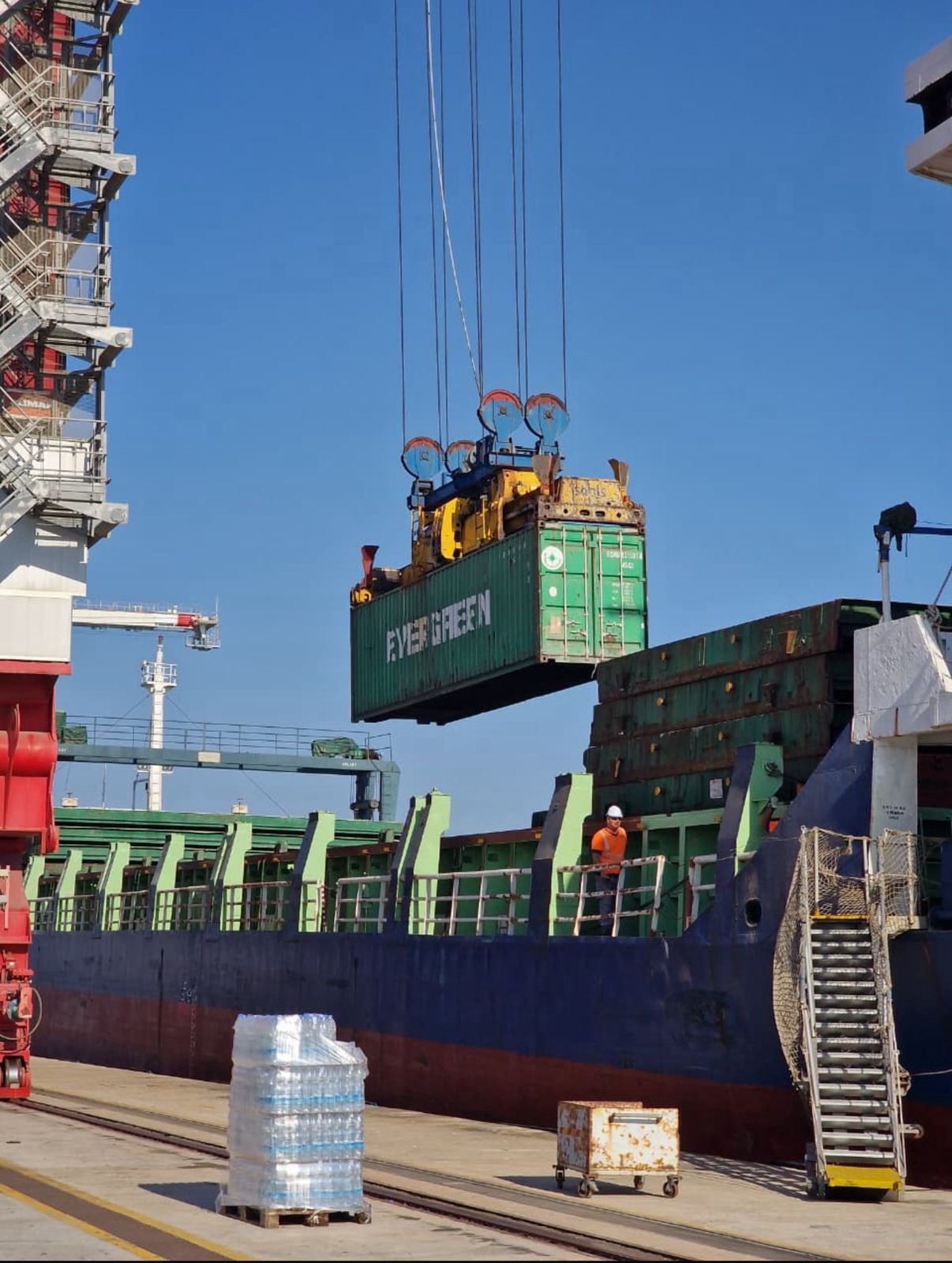
Previously, aid had also arrived in Gaza from Cyprus via a temporary jetty attached to the coast of Gaza, which was built and financed by the US government of the day.
The jetty was installed in May last year, but was only operable for 12 days before being permanently removed two months later.
It had broken apart during high winds, with four US army vessels which were holding it in place being washed up on a beach near Ashkelon, an Israeli town located between the Ashdod and Gaza.
It was taken to Ashdod for repairs before being reattached in early June, but was then removed on two further occasions as officials feared that conditions would lead to it breaking apart again.
In addition to its structural difficulties, the jetty was also impacted by problems regarding delivery after the UN World Food Programme (WFP) in June last year suspended its operations related to the jetty following an Israeli military operation in the area which reportedly killed over 200 Palestinians.
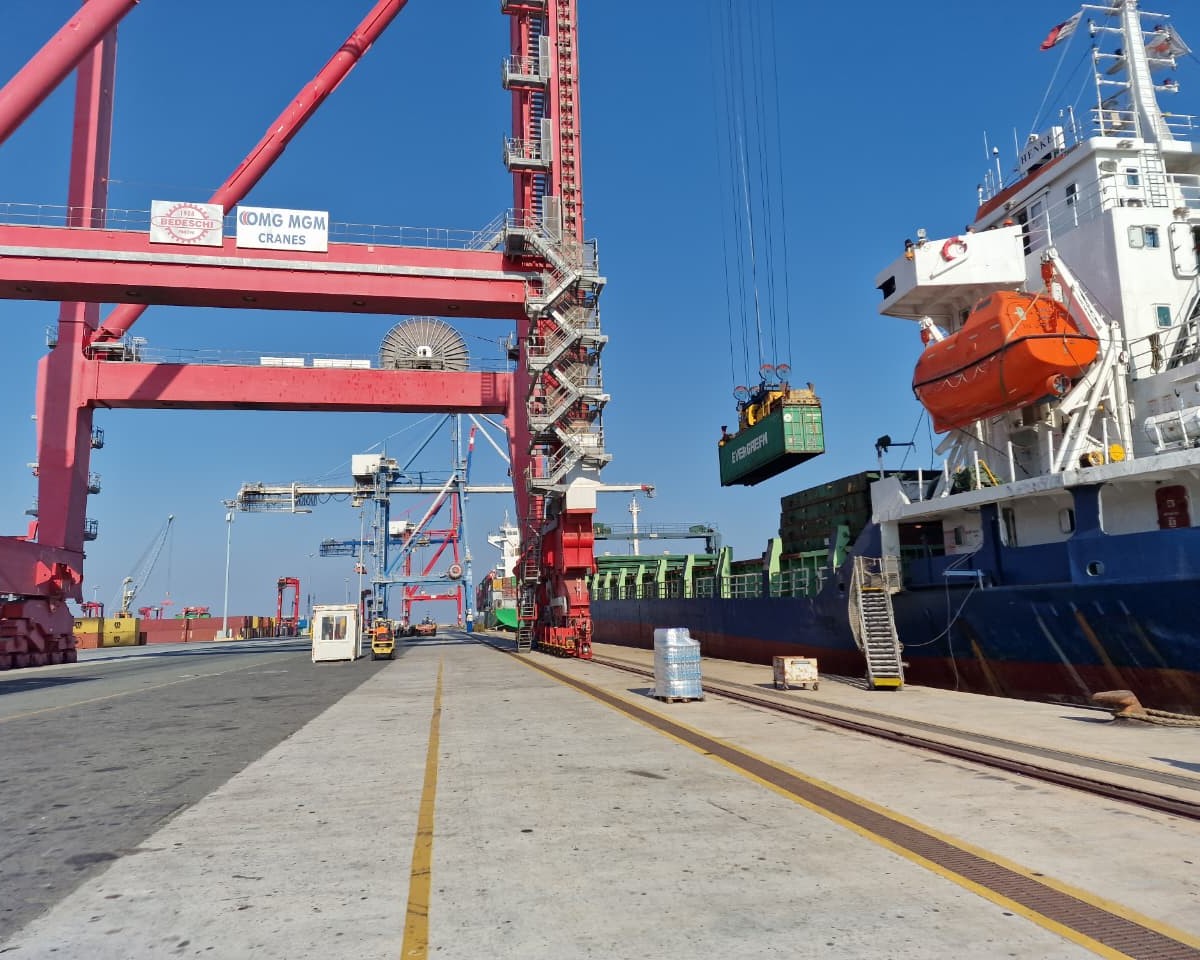
This year, the collection of aid by Palestinians in Gaza has continued to prove dangerous, with the UN’s office of the high commissioner for human rights (UNCHR) reporting that hundreds of Palestinians had been shot dead or otherwise wounded by Israeli Defence Forces (IDF) soldiers at aid distribution points set up by the Gaza Humanitarian Foundation.
The UN and over 170 charities and non-governmental organisations have accused the Gaza Humanitarian Foundation of failing to uphold humanitarian norms, “including by forcing two million people into overcrowded and militarised zones where they face daily gunfire”, according to the BBC.
Meanwhile, Israeli newspaper Haaretz reported that IDF soldiers had received direct orders to fire on unarmed crowds to “keep them away from food distribution centres”, while the Associated Press and the BBC reported that American contractors from a company named Safe Reach Solutions were firing live ammunition and stun grenades at aid seekers.

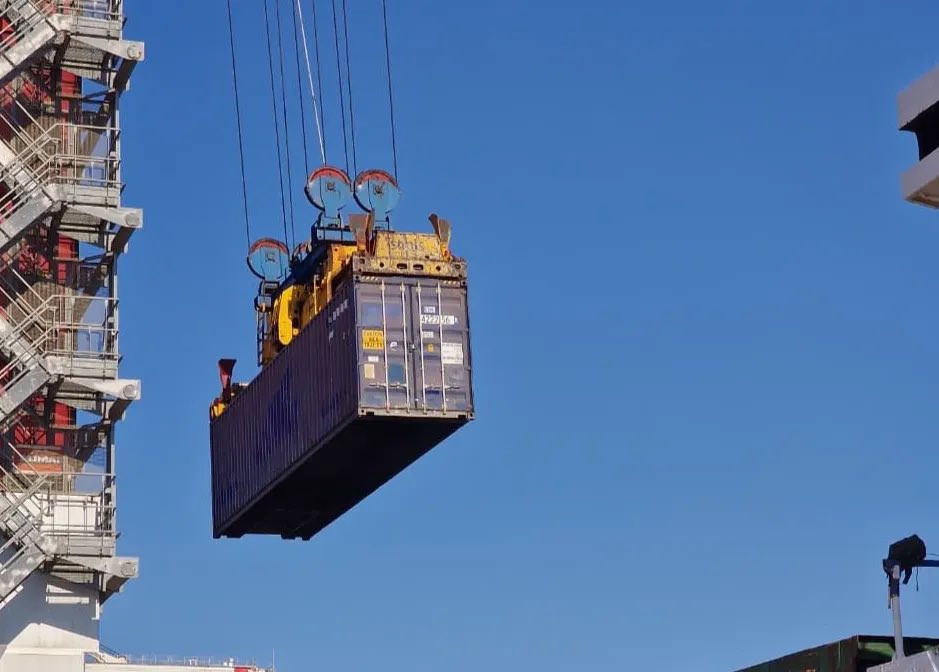

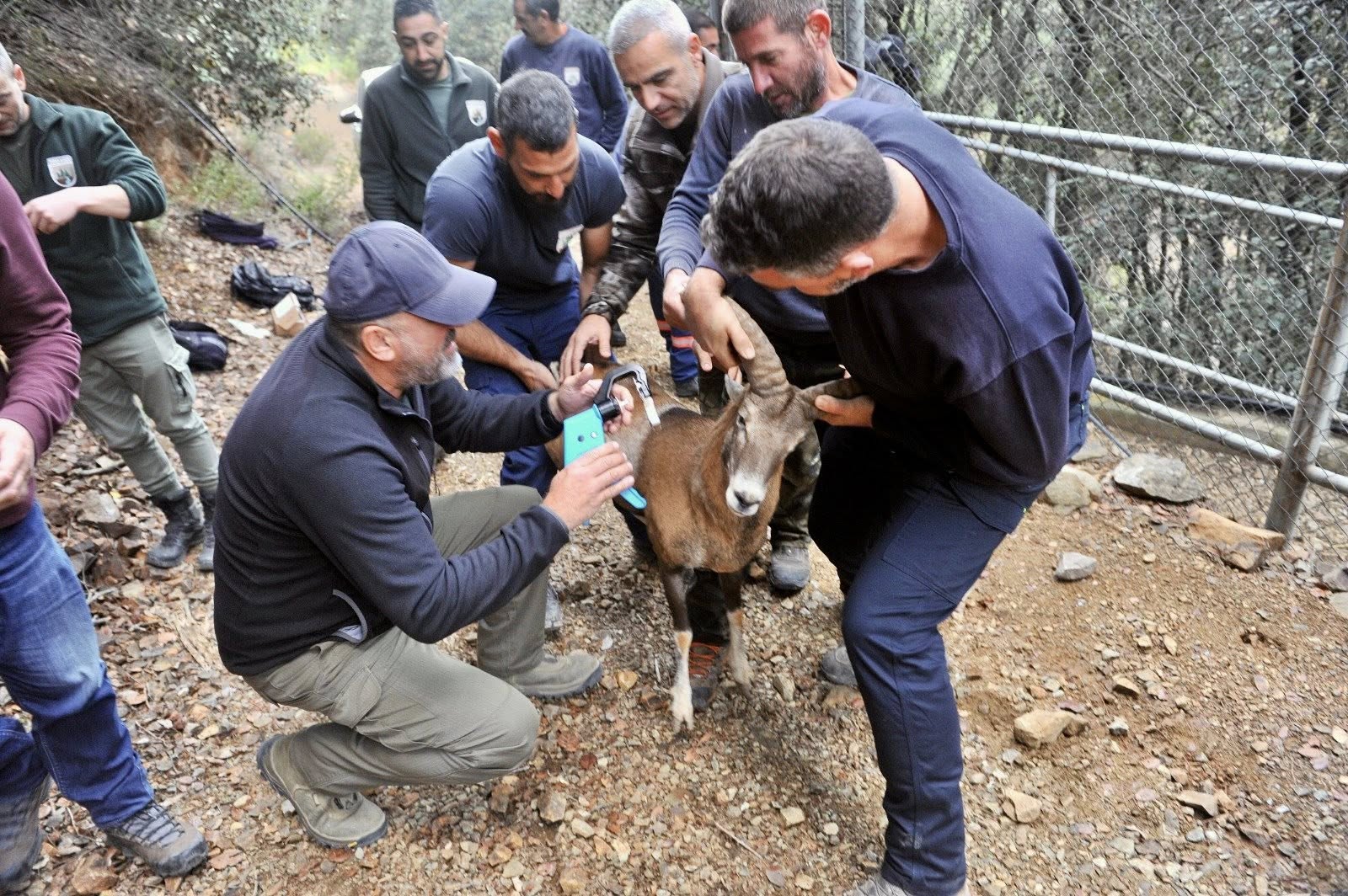

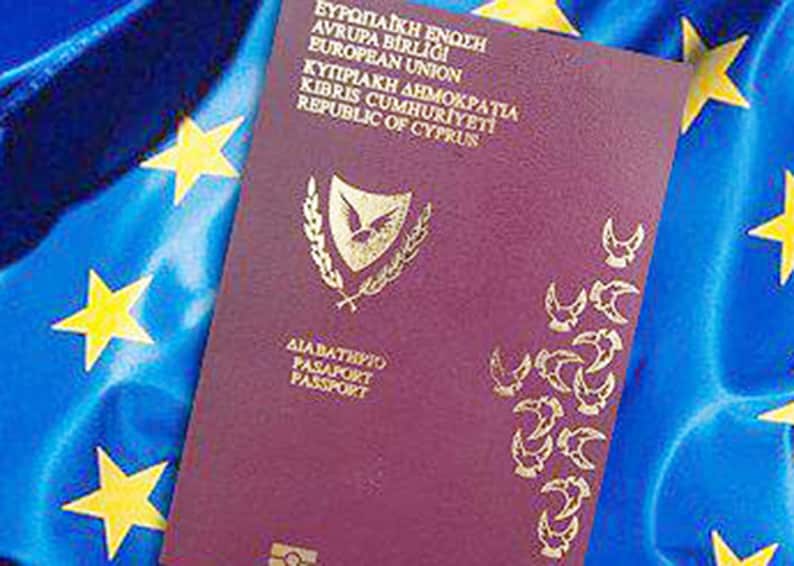
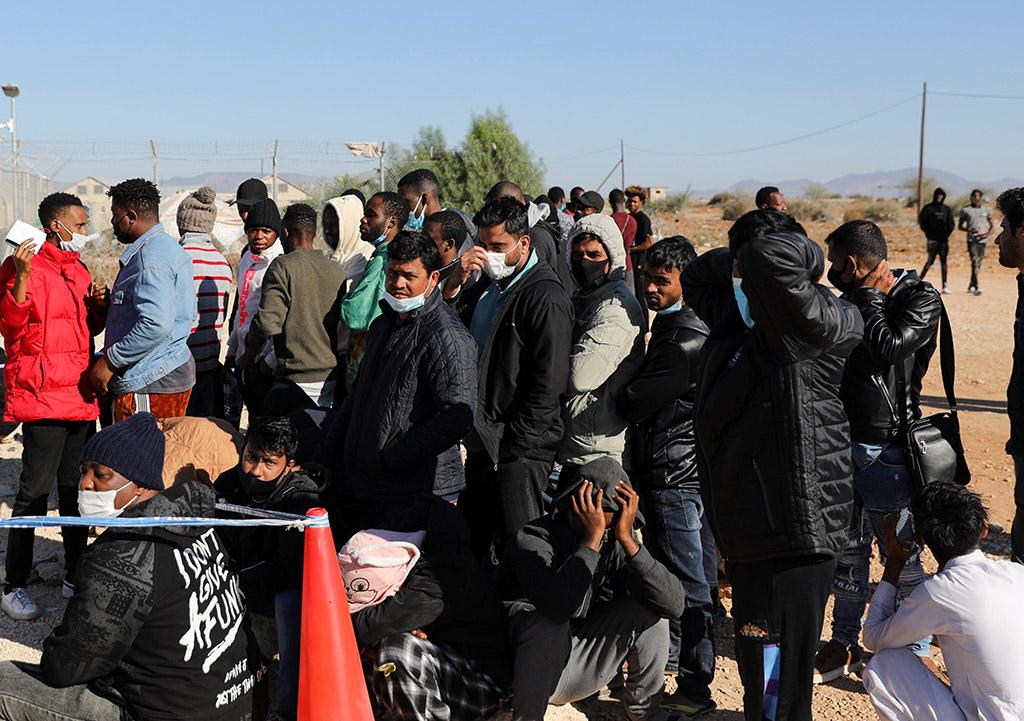
Click here to change your cookie preferences